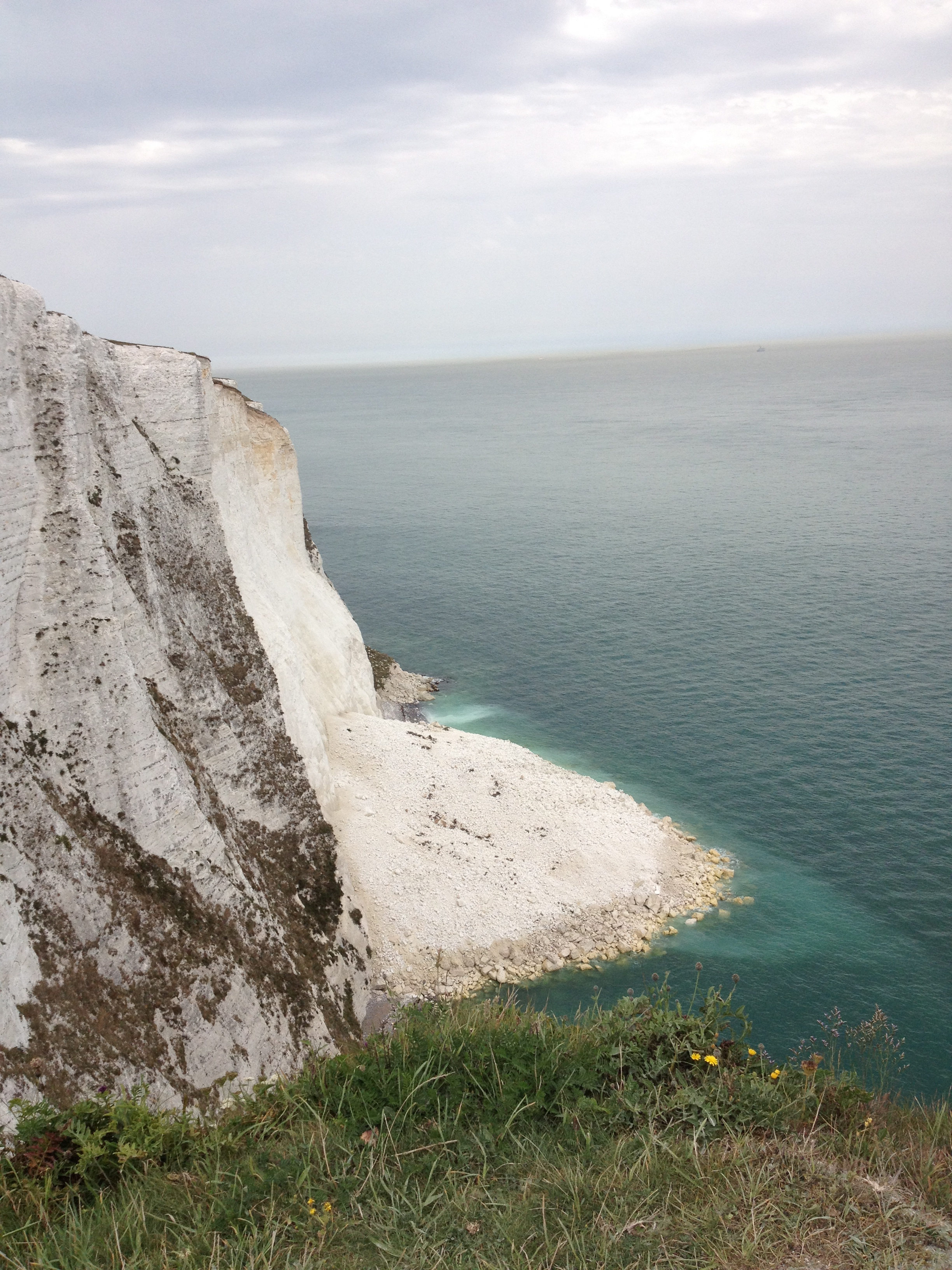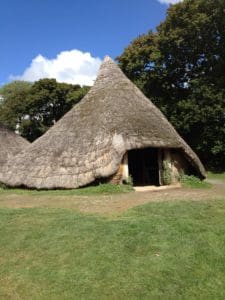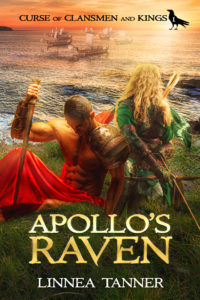03 Apr Life in Ancient Britannia as Depicted in Apollo’s Raven
Life in Ancient Britannia as Depicted in Apollo’s Raven by Linnea Tanner
Originally published on April 3, 2018
The following is a reblog of my guest post, Life in Ancient Britannia as Depicted in Apollo’s Raven by Linnea Tanner, that was originally published on 12 March 2018 at Myths, Legends, Books & Coffee Pots. This is the official blog of Historical Fantasy Author, Mary Anne Yarde, and home to The Coffee Pot Book Club. Be sure to visit this website for everything mythological, as well as historical.
Also check out Mary Anne Yarde Author Interview at this site for information regarding her and her Arthurian series, The Du Lac Chronicles.
Life in Ancient Britannia as Depicted in Apollo’s Raven by Linnea Tanner #History #AncientBritain @linneatanner
History Revisited in Ancient Britain
The historical backdrop of Apollo’s Raven is based on recent archaeological evidence that revisits the accepted history of Ancient Britannia (Britain) prior to the Roman invasion of 43 AD. According to archaeological experts, the invasion never happened, at least not in the way it was depicted in the historical records of the Roman Emperor Claudius. He proclaimed his conquest matched the great accomplishments of his forefather, Julius Caesar. Roman forces of 40,000 heavily armored soldiers landed in Kent and trailed a bloody path northward to Camulodunum (modern day Colchester) where he claimed Britannia for Rome.

Collapsed Wall of Dover Cliffs
Yet recent archaeological fieldwork has uncovered evidence of a significant Roman presence in Britannia well before 43 AD. There was widespread trade between Britannia and Rome after Julius Caesar’s futile incursions into Britannia in 55 and 54 BC. At the time, Caesar demanded hostages to ensure the British rulers met their treaty agreements. It was also a method in which the young Britons were acculturated to accept the Roman way of thinking more in line with the elites.
Hostages from British royal families were often raised and educated in Roman households. They were not treated as prisoners, but were allowed to move freely in public places with minimal security measures to prevent their escape. When they returned to their homeland as young adults, they could speak and write Latin, and many of them adopted Roman customs.
There may have been a Roman military presence in Britain at least three decades before Claudius. Two British kings from northern Hampshire and Eastern Kent sought refuge in Rome, hoping to persuade the Emperor Augustus to intervene in regaining their kingdoms in 7 AD. It is possible that Augustus sent troops to Britannia, but his goal to conquer the isle may have changed due to the annihilation of three Roman Legions in the forests of Germany in 9 AD.
Claudius’s predecessor, the emperor Caligula, also attempted an invasion in 39 AD, but his plans ended in fiasco. The Roman historian Dio Cassius writes that Caligula was primarily aggrieved ‘at his lieutenants who won some slight successes’ in the war against Britannia, suggesting Roman troops may have already landed. Modern historians presume Caligula’s men had mutinied and were punished for not carrying out his plans.
Life in Apollo’s Raven
Book 1: Apollo’s Raven is set in 24 AD southeast Britannia (modern day Kent) during the reign of the Roman Emperor Tiberius. There is significant Roman influence over the politics and lifestyle of the ruling tribal kings. Legionary forces have been sent there to settle the political differences between two Celtic kings. One of the kings rules the Cantiaci kingdom (modern day Kent) while the other has sovereignty over the Catuvellauni territory (modern day Colchester). Both rulers were raised and educated as hostages in Roman households.

Map of Ancient Britannia
The agricultural area in southeast Britannia is rich in grains and livestock. The rural population live in thatched-roof round houses alongside their plots of land. The ruling class lived in hilltop fortresses whose structures have been influenced by Roman architecture.

Celtic Roundhouse of Council Assembly
The Celtic ruling class consists of noble warriors whose status is often gained through combat with each other at festivities. Although the Celtic society has become more patriarchal, women still have significantly more rights than their Roman counterparts. They can own property and be military commanders, Druids, and rulers. The heroine, Catrin, is based on the recorded historical accounts of fighting Celtic women and warrior queens. The warrior queen, Boudica, united various British tribes and almost expelled Roman occupation in 61 AD.

Vision of Celtic Warrior Princess Catrin
Fantastical elements inspired by Celtic mythology and legends from Wales and Ireland are interwoven into the historical backdrop of Apollo’s Raven. Magical powers included the abilities to prophesy, to shape-shift, and draw on the forces of nature. Celts believed the soul reincarnated into other animal and human forms, consistent with the views of the 500 BC Greek philosopher, Pythagoras. Several Celtic healing sites are named after Apollo, probably as a result of the blending of religious beliefs.
References:
- John Manley, AD 43 The Roman Invasion of Britain: A reassessment; Tempus Publishing, Inc., Charleston, SC, 2002.
- Graham Webster, Roman Invasion of Britain, Reprinted 1999 by Routledge, London.
- Julius Caesar, translated by F. P. Long, The Conquest of Gaul; United States: Barnes & Noble, Inc., 2005.
- Cassius Dio, Roman History, published in Vol. VII of the Loeb Classical Library, Edition 1924; Book LX
http://penelope.uchicago.edu/Thayer/E/Roman/Texts/Cassius_Dio/60*.html - Miles Russell, Roman Britain: Ruling Britannia, Published in History Today, Volume 55 Issue 8 August 2005. http://www.historytoday.com/miles-russell/roman-britain-ruling-britannia
Linnea Tanner

Linnea Tanner, Author
Apollo’s Raven Series

Linnea Tanner, Author, Curse of Clansmen and King Series
Linnea Tanner weaves Celtic tales of love, magic, adventure, betrayal and intrigue into historical fiction set in Ancient Rome and Britannia. Since childhood, she has passionately read about ancient civilizations and mythology which held women in higher esteem. Of particular interest are the enigmatic Celts who were reputed as fierce warriors and mystical Druids.
Depending on the time of day and season of the year, you will find her exploring and researching ancient and medieval history, mythology and archaeology to support her writing. As the author of the Apollo’s Raven series, she has extensively researched and traveled to sites described within each book.
A native of Colorado, Linnea attended the University of Colorado and earned both her bachelor’s and master’s degrees in chemistry. She lives in Windsor with her husband and has two children and six grandchildren.
Linnea loves to hear from readers, you can find her: Website Blog Twitter Amazon Author Page Facebook Linked-in Pinterest Google Goodreads
Apollo’s Raven
An ancient curse threatens the fates of a Celtic warrior princess and her people in 24 AD Britannia.

New Book Cover Apollo’s Raven
Amazon Barnes&Noble iTunes Kobo GooglePlay
Thank you for your continued support.


Best wishes,
Linnea Tanner


Sorry, the comment form is closed at this time.